Meeting deadlines
“Who doesn’t love a deadline? – most of us, actually!”
- Deadlines are a source of relentless and worrying pressure to many people’s working lives.
- Having deadlines and meeting deadlines, is important to almost any task and any role.
- Coworkers meeting deadlines is essential to the smooth running of your organization.
A host of problems arise when you fail to meet deadlines – client loss, time wasted, and loss of wages.
Often, it’s easy for managers to blame project delays and the problems that come with it on their team but this is usually not the best way to handle the situation.
If your employees constantly fail to meet deadlines, it is good to look at how their tasks are being structured, how much support is being offered to them, and how organized their working environment is.
There are many reasons why employees turn in late work and incomplete assignments. Your job as a project manager is to figure out why and how you can help your team overcome them.
To help with your investigation, below is a list of five of the most common reasons employees do not meet their deadlines.
1. Poor Communication
Clear and concise communication is critical for meeting deadlines in projects.
Forty-seven percent of employees say it is difficult for them to get a good idea of where a project is headed and so consistently miss deadlines.
Meeting deadlines requires teamwork and collaboration between team members. This can not happen if they are unclear about the vision and goals of a project and what exactly is needed to complete it by the desired date.
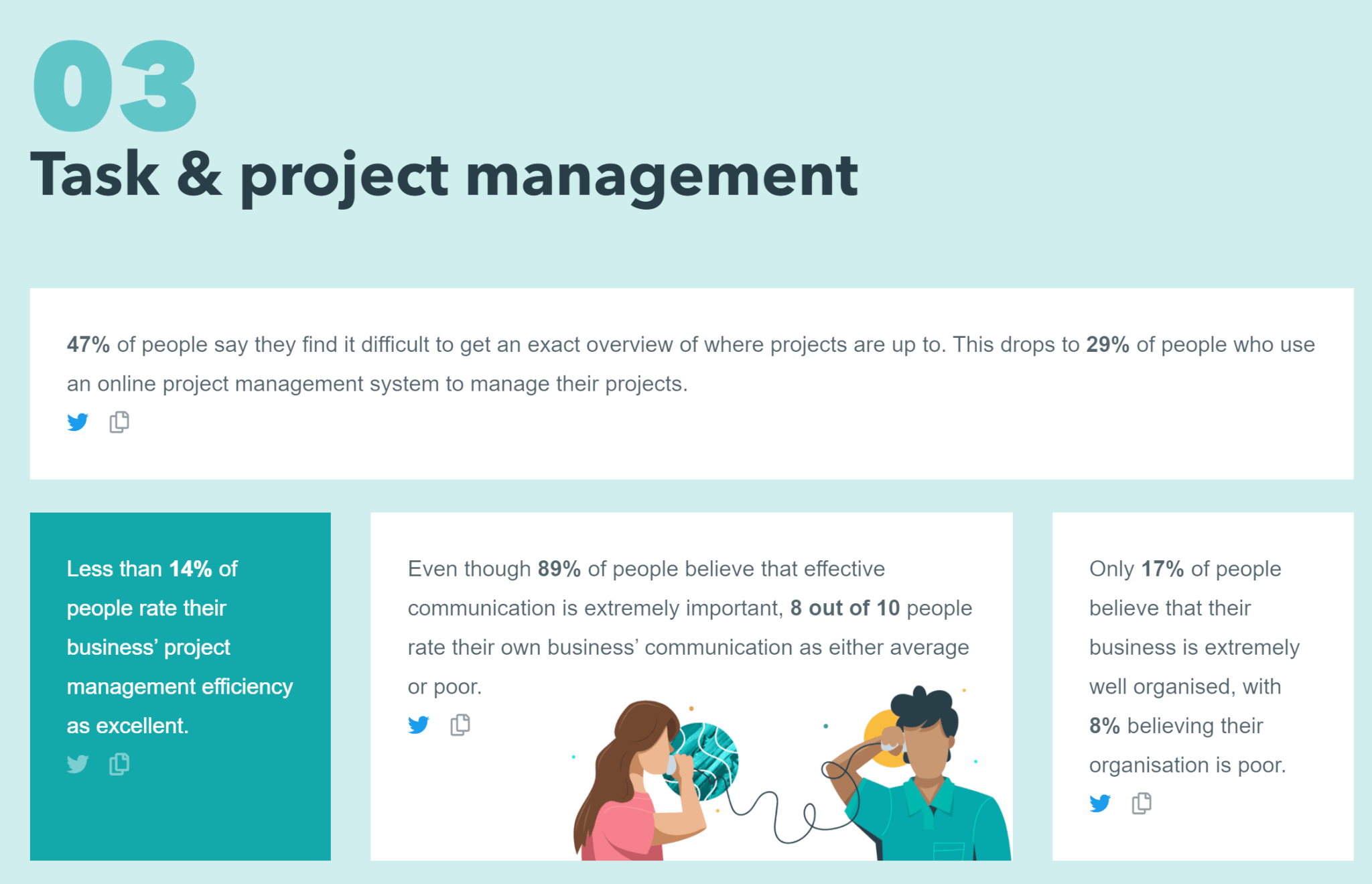
To make sure that your team understands why the project is important to the company, what they need to do to push it forward, and how they should structure their work to get it done on time, communicate the following areas clearly:
- Project Requirements
- Project Deliverables
- Roles & Responsibilities
To further improve upon communication within a team, consider implementing the following strategies:
Open-Door Policy
Developing an open-door policy will help employees feel more comfortable about approaching upper management with questions about specific projects and tasks.
If your team members feel intimidated about approaching you with questions, they are more likely to stay quiet and confused, a surefire recipe for turning in incomplete and late work.
Social Intranet Software
Using social intranet software helps streamline team communication and collaboration. It gives employees and management the ability to share ideas in a transparent and non-intimidating environment
Available Resources
To help cut down redundant questions, resources and documents should be easily accessible to all team members.
Sharing relevant information with your team through internal resources and documentation helps clear confusion. It limits the number of questions that need to be asked about a specific task or project and makes meeting deadlines easier.
2. Poor Time Management
Poor time management will delay a project before it even starts. You should be able to predict how long a project should take.
If not, work results in procrastination because there is no indication of how much time a project should realistically take and no measure of unrealistic expectations and requirements for employees.
To remedy time-management issues, consider investing in a time management software system. It will assist in planning and scheduling tasks, recording attendance and workflow, and handling payroll.
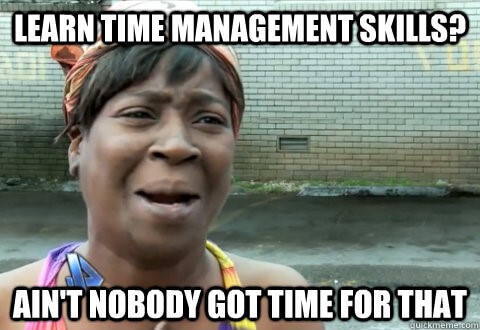
Other than using software to help manage your team’s work time better, you can also look for the following signs in your employees to spot potential time-management issues:
Task Punctuality
Consistently turning in tasks late is a sign of poor time management. However, it might not be your employee’s fault. Their consistency in missing deadlines could be a result of being assigned too many tasks. Tallyfy could help your employees keep track of multiple deadlines by setting deadlines relative to the assigned tasks. Alexandria Transit Company were able to use process deadline status to increase directors’ awareness of what their employees are buying and why during the purchasing process. The deadline color codes in Tallyfy are green for task completed on time, amber for task due soon and red for task is overdue as seen in the image below. Read more about Alexandria’s story here.

There are three types of step deadlines that can be set in Tallyfy: deadlines dependent on the launch of the process, deadlines dependent on completion of a step or task and deadlines dependent on a form field from another step (coming soon!).
Take a client on boarding scenario where the first task is checking the client’s basic details. This task will be assigned to Jane, who is the new client and has to be completed within a day after the process is launched. See the GIF below to see how you’ll go about setting this deadline dependent on the launch of the process.
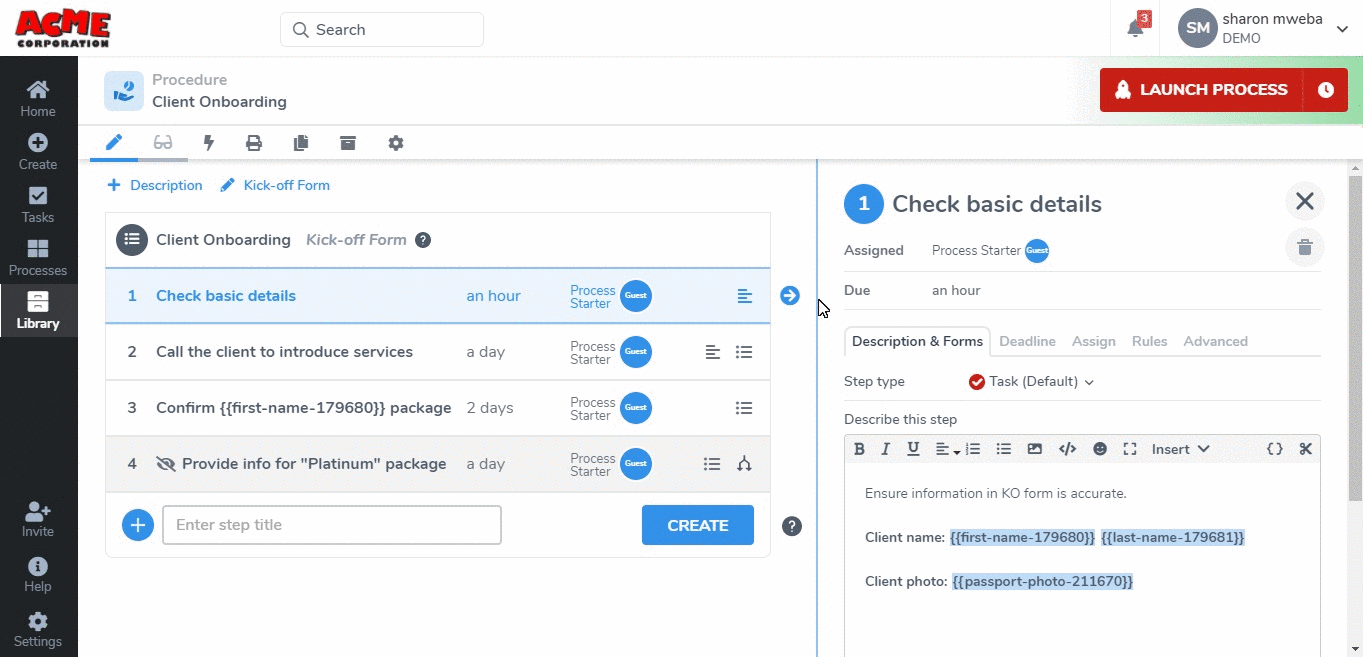
A deadline dependent on completion of a step in the same scenario can be set on step three such that it will be due one hour after completion of step two as shown in the GIF below.
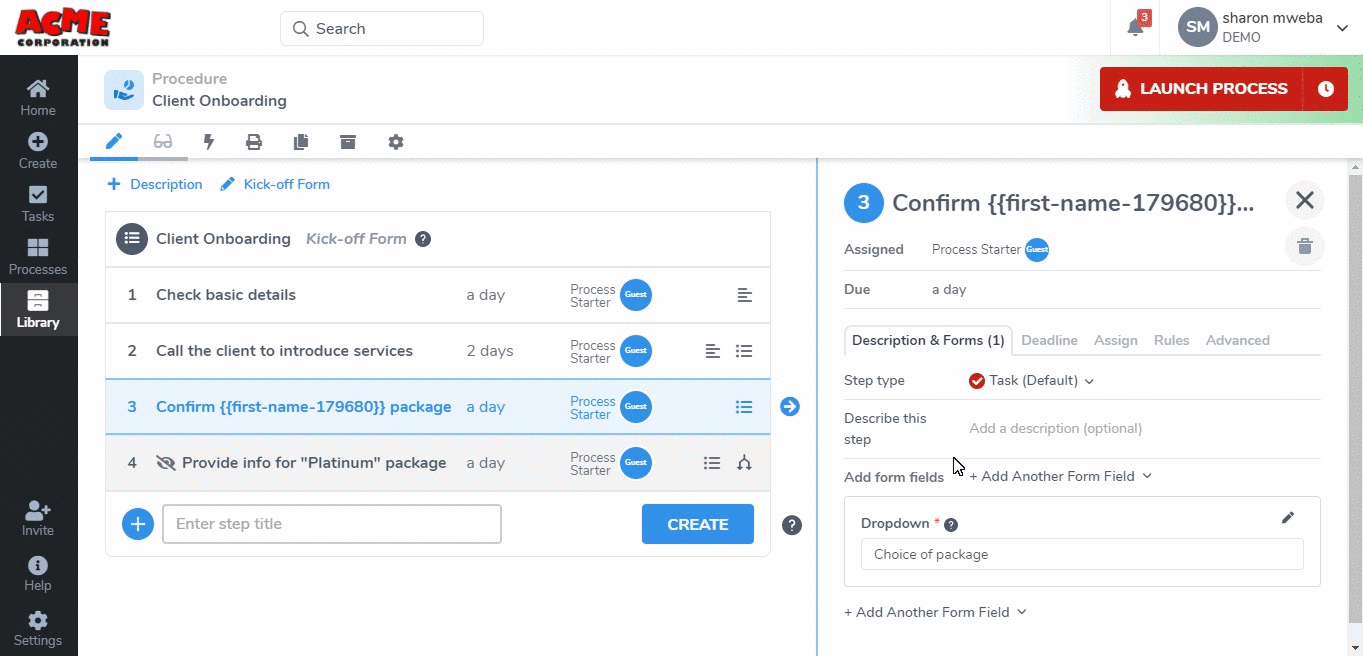
Poor Performance
If a member of your team starts to turn in subpar work, then it is a good sign that they have lost interest and will most likely start to turn work late and eventually turn in no work at all.
An excellent way to tackle poor performance at work is to sit down with your employee and ask them if something is wrong as you have seen that the quality of their work has declined recently.
Often, just being able to express their issues and obstacles to management is enough to cause a dramatic change in their mood and resulting work.
Energy Drain
A lack of energy will cause one member of your team to miss their deadlines and spread to the rest of your team, causing them to fail at meeting deadlines as well.
Over69 percent of workers feel fatigued at work.
Something as simple as adding plants to the workplace or scheduling more breaks throughout the day can create more energy in your employees’ minds and bodies.
Rushing Tasks
Employees who look like they are always hurrying to get their work done on time are usually doing so because they waited too late to start it.
Turning in ‘rushed work’ to meet a deadline is not a good long-term strategy as it often results in poor work.
Sit down with your employees who you feel are procrastinating to the point they need to ‘hustle’ to get their work done on time and see if the both of you can uncover why they are procrastinating and how they can overcome this habit to start their work on time.
Perfect Work
In some office settings, ‘ perfectionism’ is considered an advantageous quality. However, if it leads to delayed assignments, it becomes a disadvantage to a team and the projects they are working on.
Explain to your employees that it is alright to make mistakes and that turning in some work, albeit not perfect, is better than turning in no work at all.
3. Malfunctioning Technology
Technology is supposed to decrease workload and save time, but sometimes it does the opposite.
On average, workers dealing with IT-problems like malfunctioning tech waste 22 minutes per day.
To put that in perspective, that is around two hours of work time lost each week and 95 hours per year based on a 40-hour workweek. The more your team has to deal with malfunctioning tech, the more likely they are to miss their deadlines
There are many more IT-issues faced by employees today, but they all have in common that they can cause low productivity, incomplete work, missed deadlines, and disgruntled employees.

However, there are some things that you can do to lessen the hassles on meeting deadlines, caused by malfunctioning tech.
- Help Desks — If possible, use IT help desks so employees can report problems and get their technology questions answered as soon as possible.
- Modern Equipment — Investing in modern equipment will ensure that your team’s networks and computer systems cause fewer problems.
- Employee Training — While training non-IT employees to perform simple IT tasks may seem like a waste of time and money, it is an unbelievably cost and time-effective strategy.
When your employees are familiar with common tech issues, system and network maintenance, and software and hardware upgrades, there is no need to waste time and money hiring and consulting outside sources.
Malfunctioning technology does not have to become the main reason for your workers not meeting deadlines. As long as IT issues and errors are spotted and attended to as soon as they occur, deadlines can still be met.
4. Project Management and Planning Issues
As the saying goes, failing to plan is planning to fail.
Not only does poor project management waste money but it also wastes time. Ninety percent of all projects finish late due to a lack of planning and poor project management.
Three common areas need to be addressed while planning for a project: resource allocation, delegation, and collaboration.
Resource Allocation
Resource allocation is about deciding which resources to use and where and when to use them, so you don’t overuse or under use your employees or assets.
To get a clear picture of what resources you have at your disposal and who should use them, you need to allocate your assets, time, and workers wisely.
As obvious as this sounds, 50 percent of projects fail to meet their deadlines because of poor resource management.
Before allocating resources, you need to understand the challenges you may face when trying to assign resources.
These include:
- Client Changes
- Resource Availability
- Project Uncertainties
You can easily sail through these challenges if you plan your allocation strategy using the following guidelines:
Project and Team — Learn how many resources you have available before the project starts and which tools and people are needed to complete it by the prescribed deadline – otherwise you’ve failed around deadline expectations being met from day one.
Risks — Being aware of time-delay risks like competing projects, client reviews, and personal emergencies will put you in a better position to adjust resources as needed to get your team project back on track.
Delegation — Assign the right tasks to the right people. Work experience and past project performance is a good indicator of current abilities. More experienced and proven team members should be given more critical tasks than less experienced employees, giving people a helping hand to meet their deadlines.
Work Distribution — If you give the wrong task to the wrong team member or too many tasks to any one particular employee, you will jeopardize the success of the project and increase the chances of your team members not being able to meet deadlines.
Ultimately, resource allocation will help cut down on over and under utilization of employees and improve the visibility of all the resources, both used and unused, at your disposal at any given point in time.
5. Team Issues and Disputes
Seventy-six percent of employees claim that a good result occurred because of well-managed conflict resolution. There are a variety of reasons that cause internal team issues and disputes.
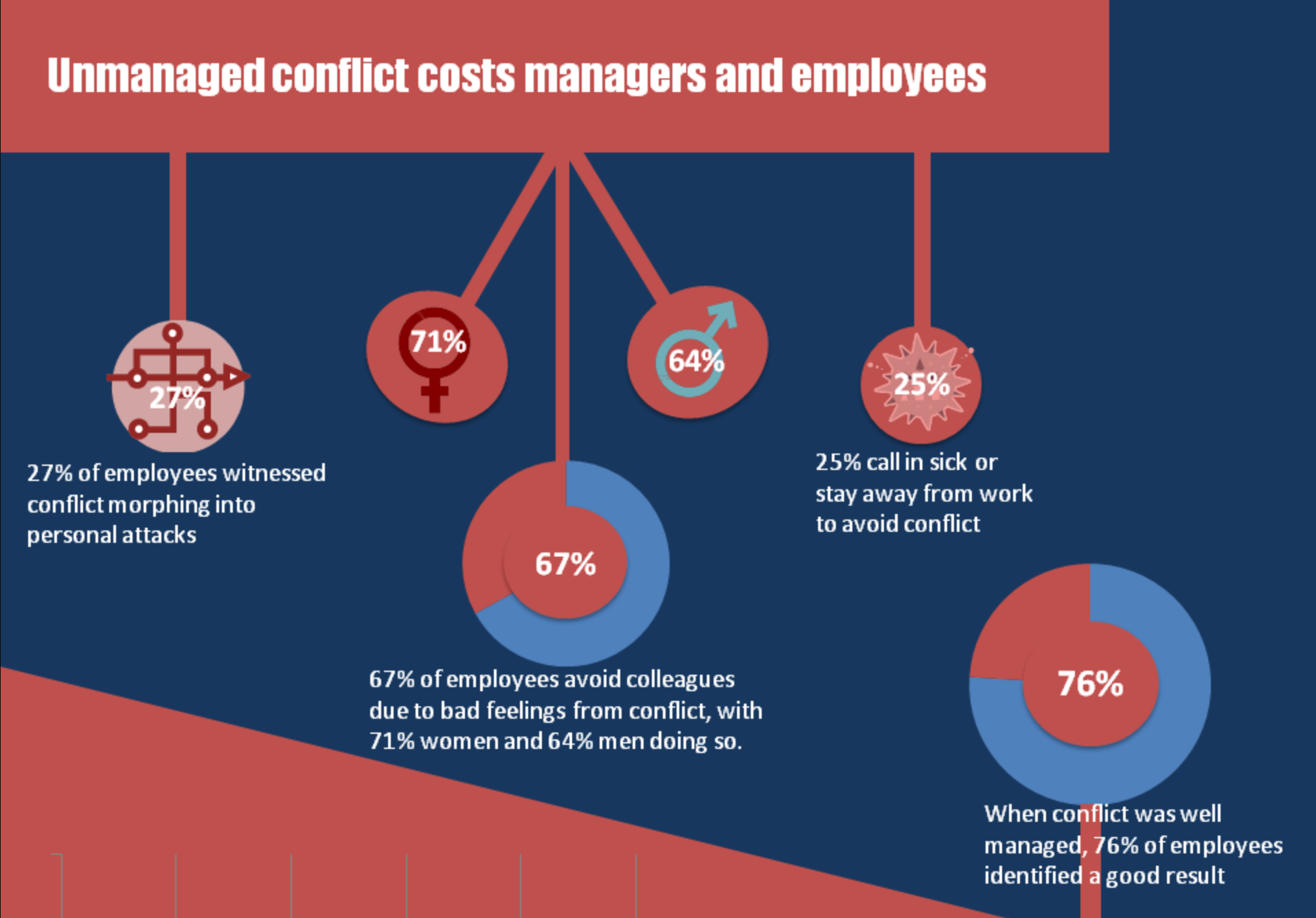
Some of the more common reasons – as related to meeting deadlines, are listed below:
- Lack of Trust
- Lack of Transparency
- Difference of Opinions
- Difference in Goals
- Hoarding Information
- Sudden Change
Each team dispute needs to be managed wisely or a lack of motivation and creativity will seep into your team, and delay and even destroy a project before completion.
Collaboration
Just because you have assigned the right people for the job, does not mean that they will be meeting deadlines all the time.
Work habits, personal and professional goals, and different communication styles can stifle collaboration and cause delays in project completion.
Collaboration is an essential aspect of project management and planning, as it increases productivity and innovation among team members.
Some of the other benefits of team collaboration are as follows:
- Data Distribution
- Better Communication
- Effort Distribution
- Larger Knowledge Base
- Risk Reduction
To help resolve disputes among team members that naturally occur as they collaborate, you can use the following seven-step problem-solving process.
Identify Issues — Identify the problem first and then take each member’s view of the situation and separate them according to interests.
Understand Interests — Ask them what they need to happen to resolve the dispute. Ideally, the best solution will be one that attends to every team member’s needs.
List Possible Solutions — Use employee feedback to learn their views about the problem and their ideal solution, and list all the possible solutions. You should incorporate team members into your solution brainstorming sessions, so they feel they have contributed to the resolution and not left out of the process.
Evaluate Solutions — List the pluses and minuses of each solution before selecting one.
Select Solution — Decide which option is the most balanced one—one that will meet the needs of the team as a whole and end the dispute or issue as quickly as possible.
Document Agreement — Besides having a ‘hard copy’ of the solution agreement to refer to at a future date, writing it down will help you gather your thoughts about the situation and solution so you can make any final changes before applying it.
Create Contingency Plans — It is good to develop contingency plans that include possible future scenarios related to current issues and solutions.
Creating contingency plans will help remind you to follow through with your conflict resolution plan and change it if need be to resolve issues faster and more effectively in the future.
Setting deadlines that work for you
At Tallyfy, deadlines are something you should love! They help you track your processes and keep everyone aware of what needs to be done and by when. You can help ensure that your teams meet deadlines before the project starts by offering them realistic deadlines and communicating task expectations through this workflow software tool. Give it a try.
However, once the project starts, issues will arise that can stifle your team’s efforts and cause them to delay their work.
Using the above knowledge and suggestions will help you become a ‘proactive’ project manager, capable of providing the right work environment for project completion.
Become a project manager who can deal with various situations and scenarios that would otherwise cause missed deadlines.

Auto-document and track workflows with other people in real-time


